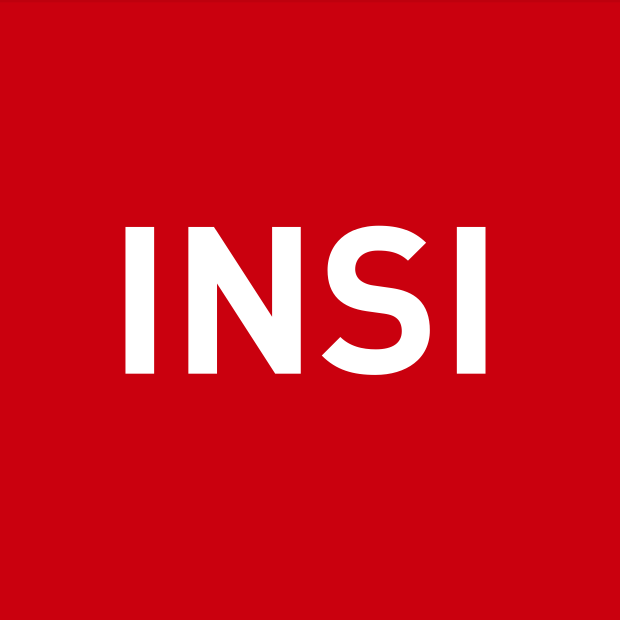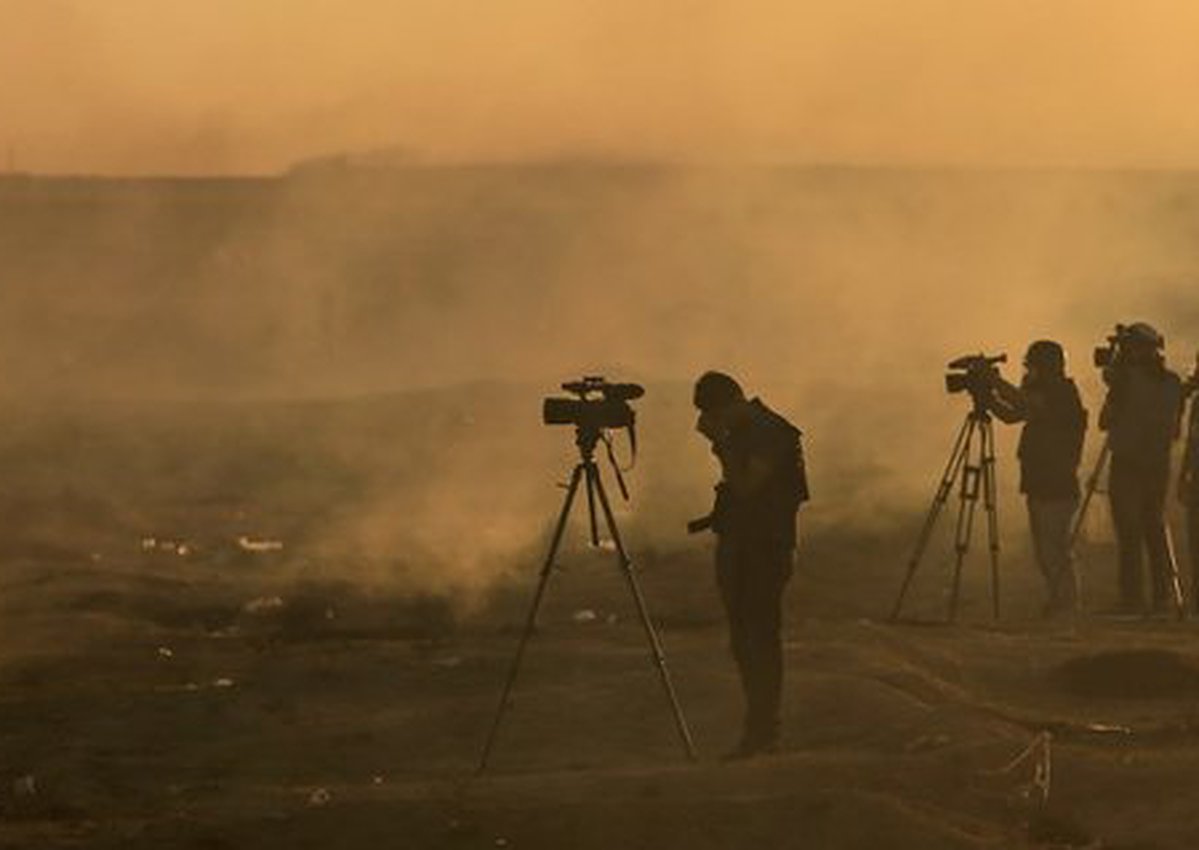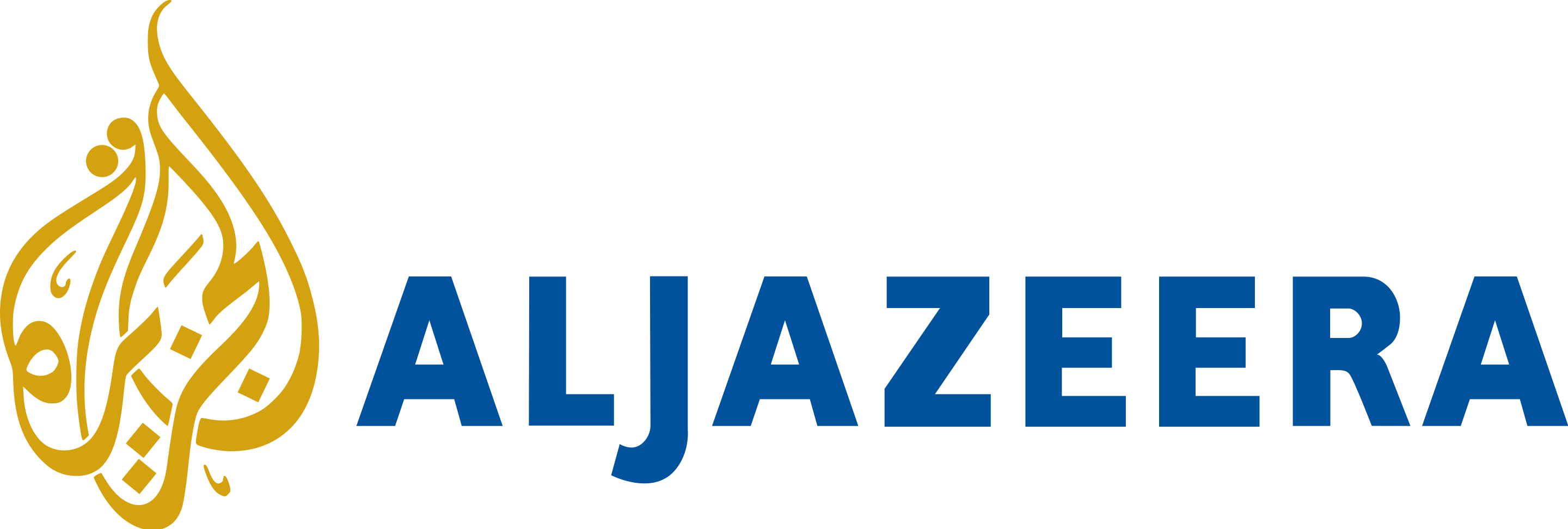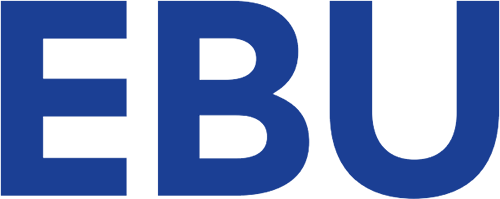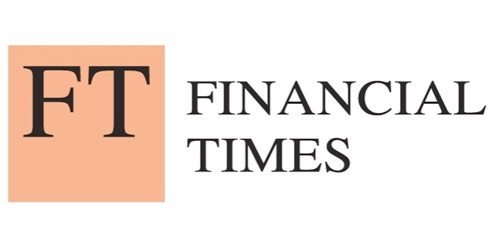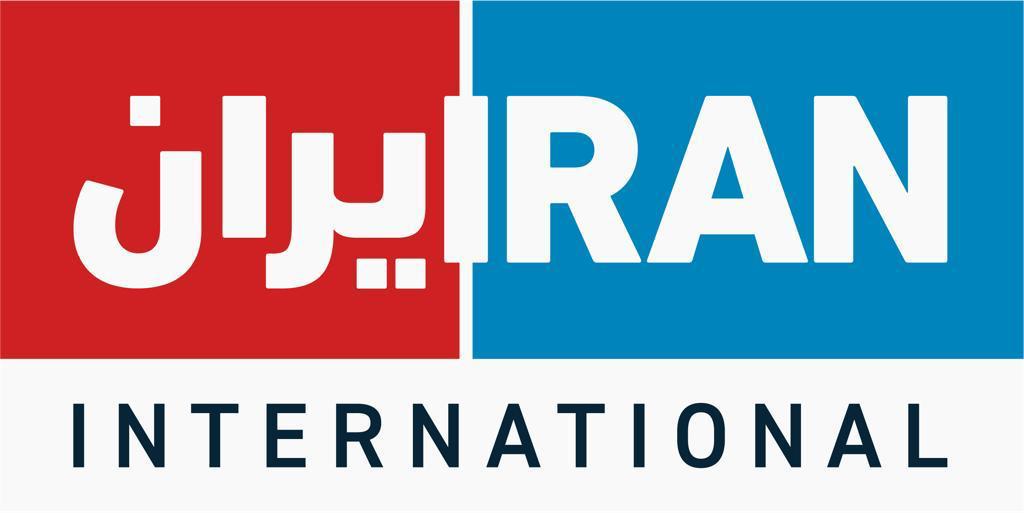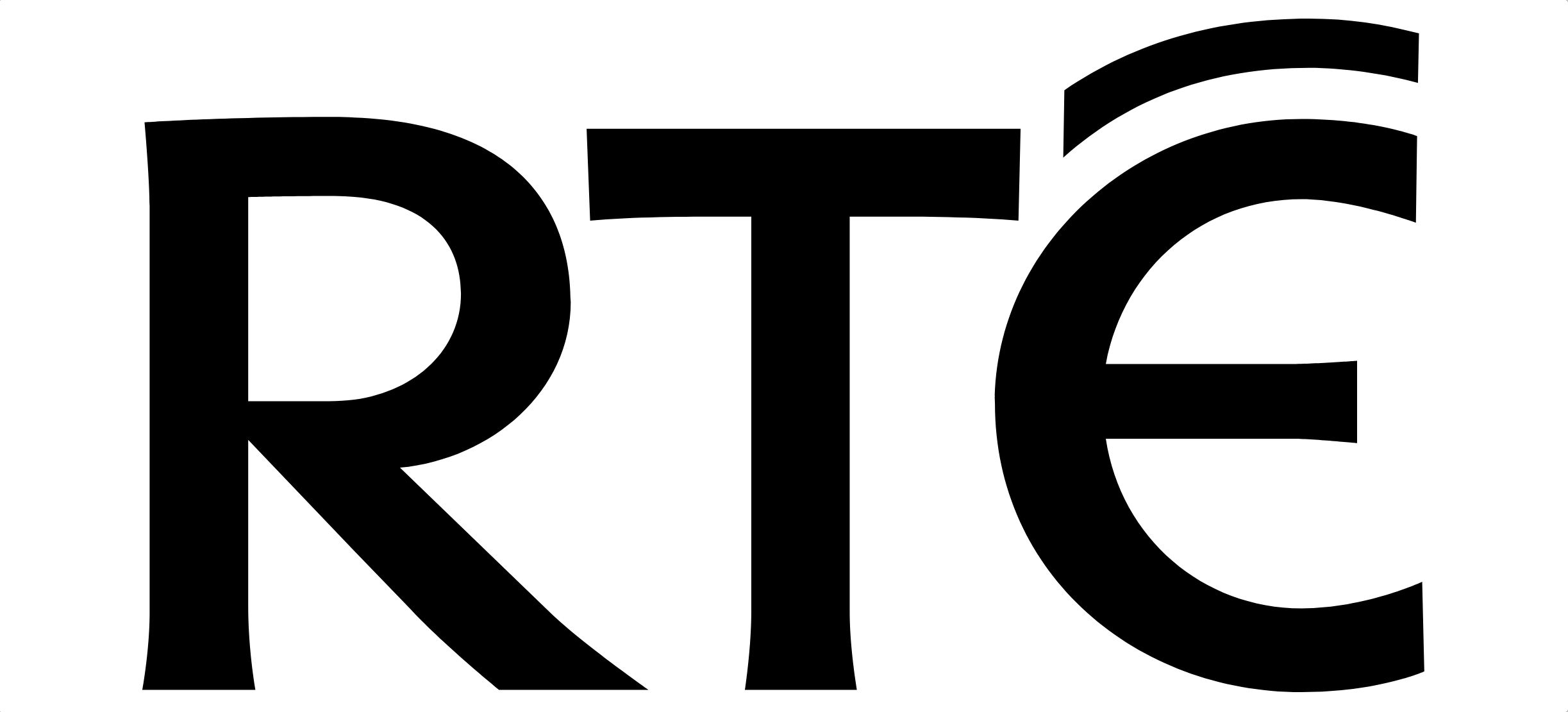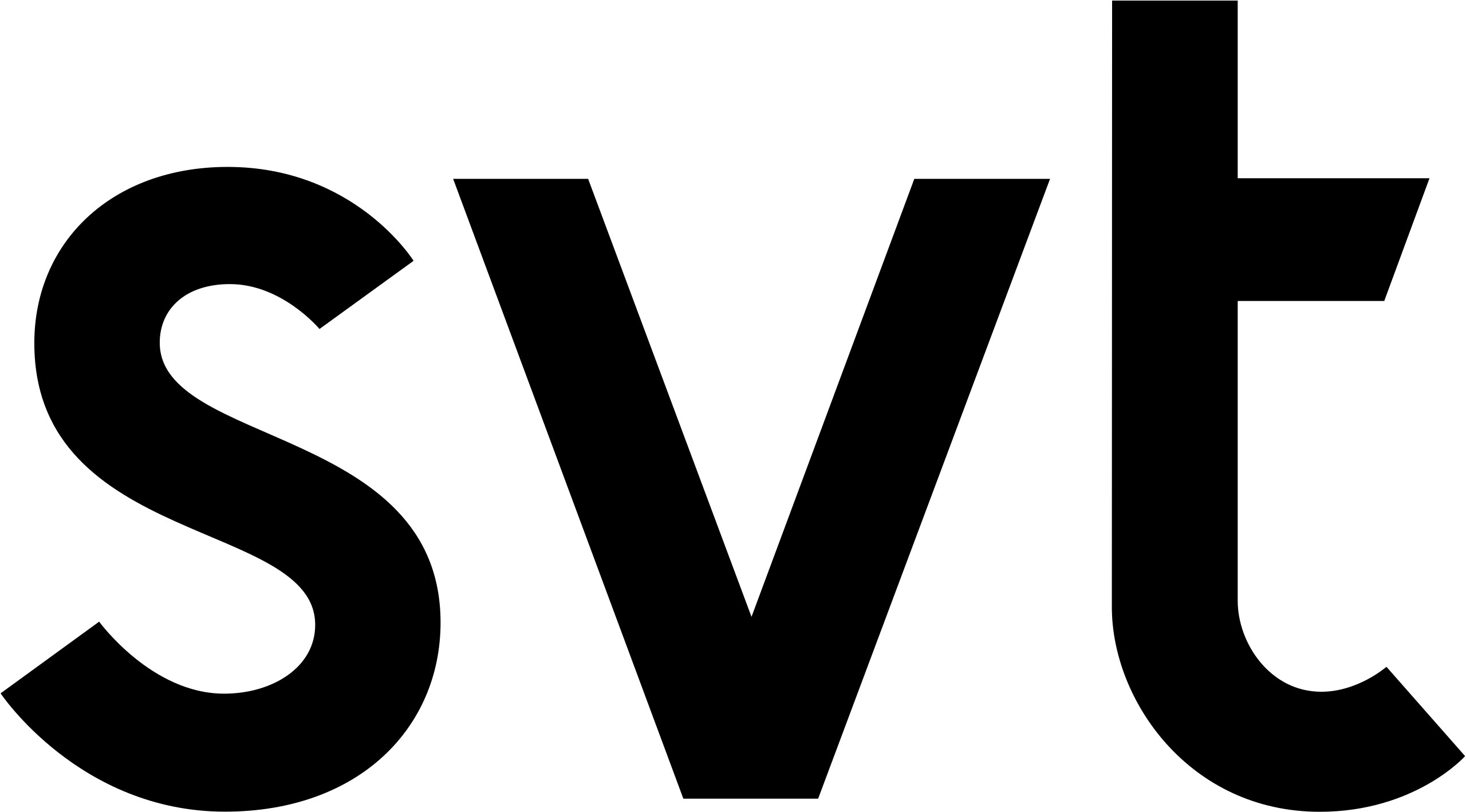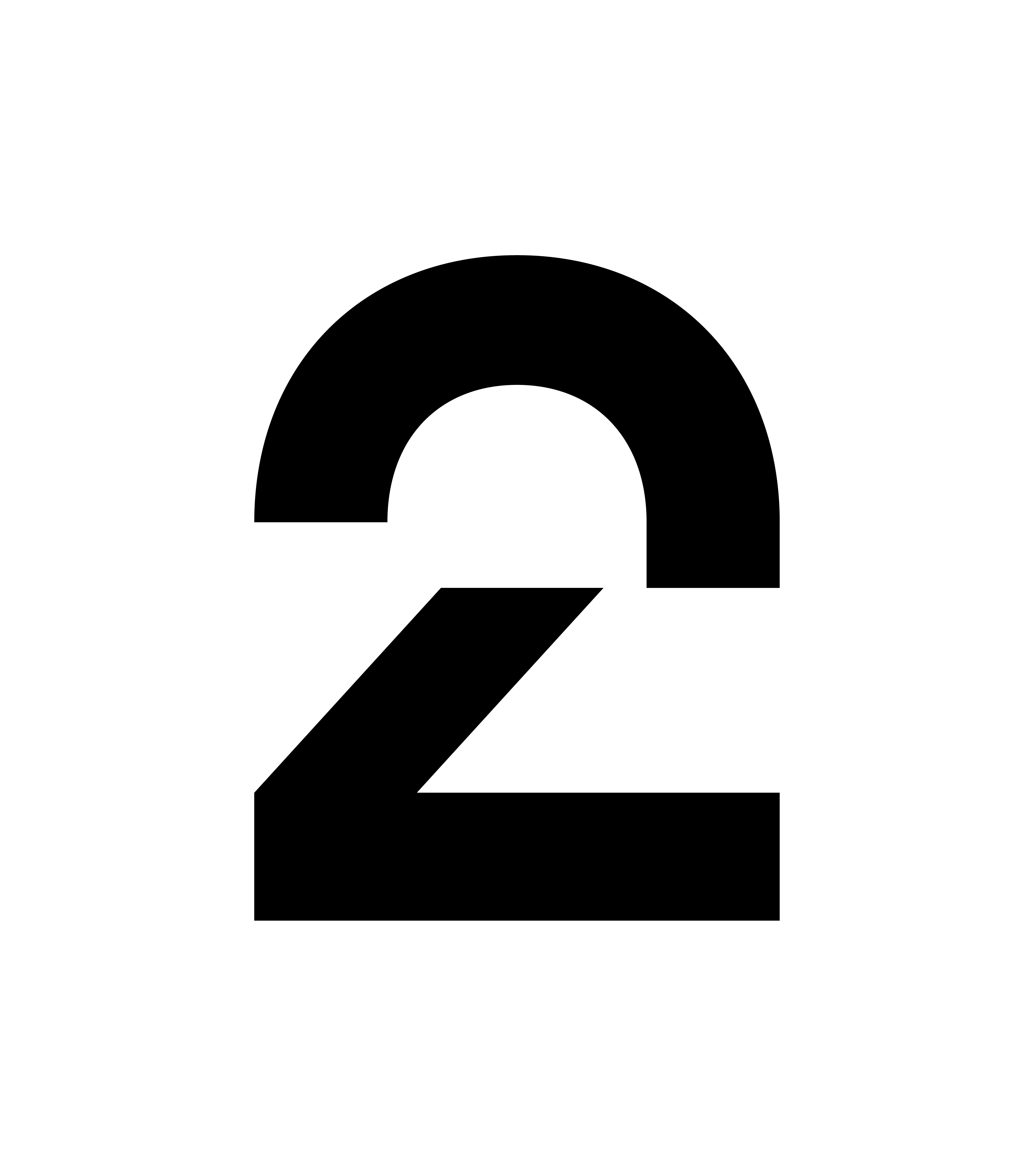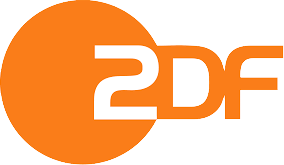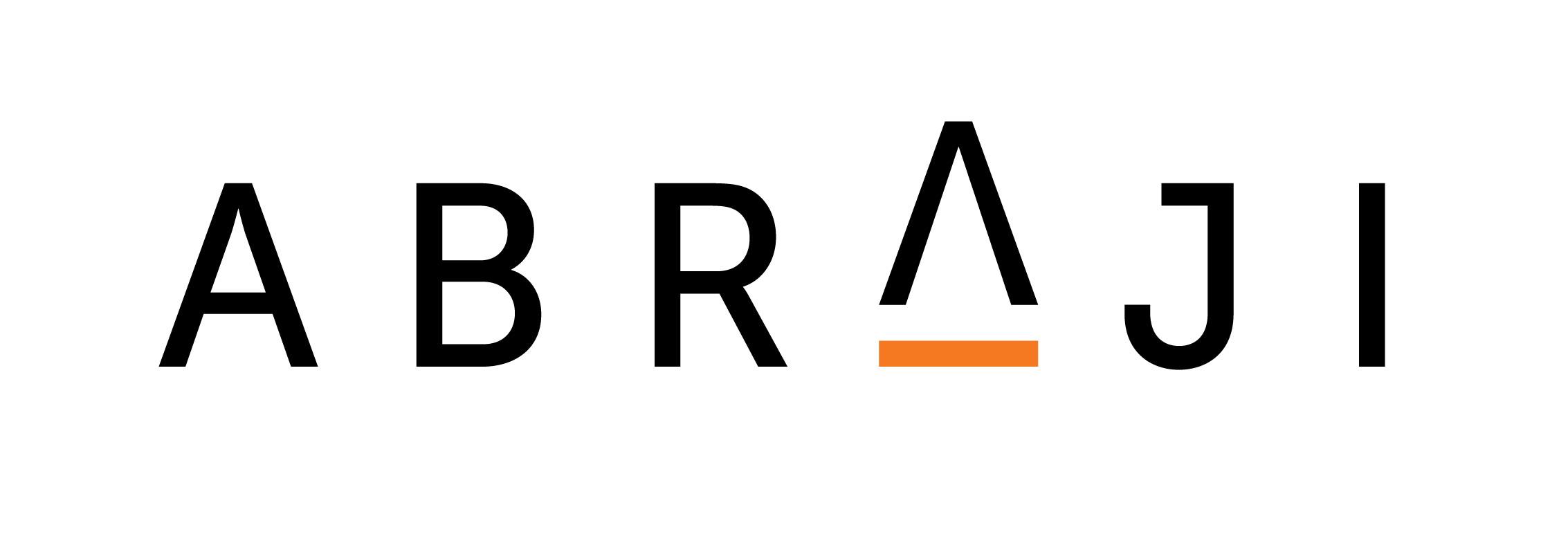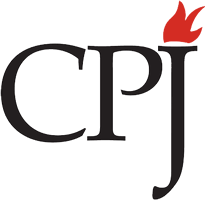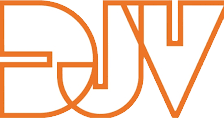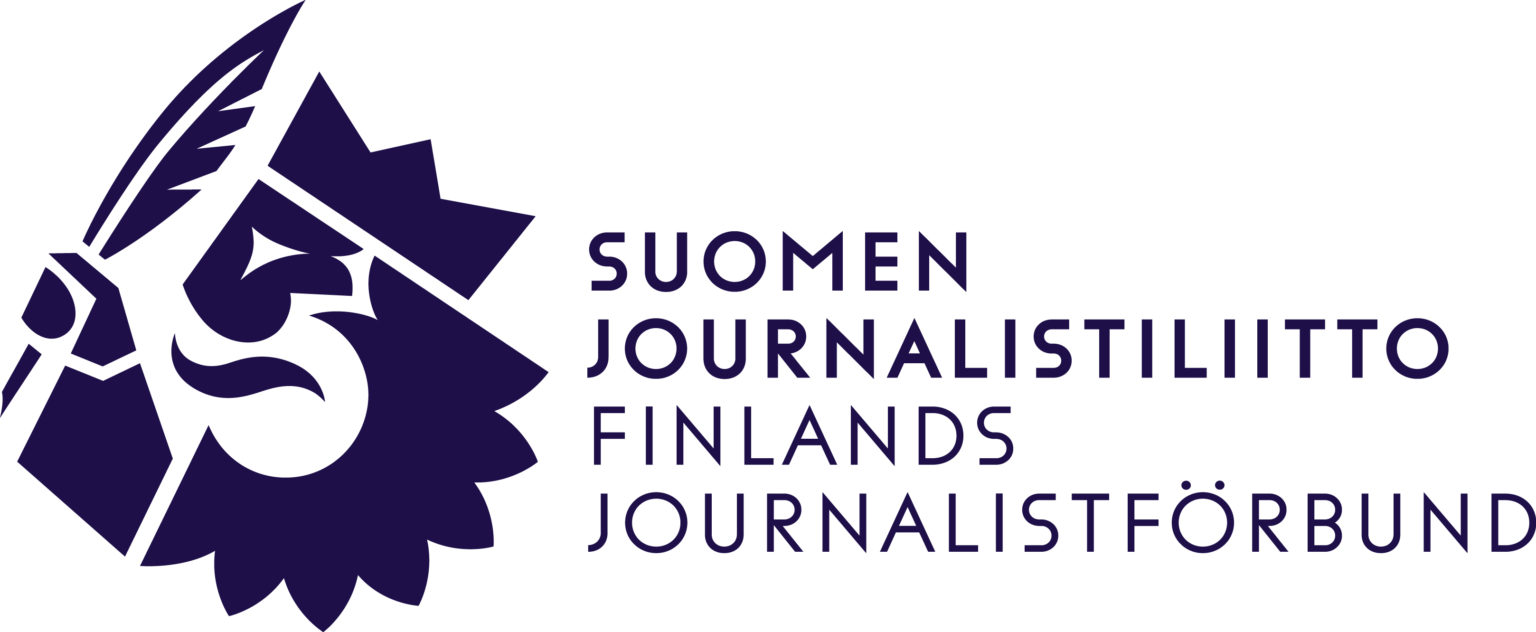After almost nine years at the International News Safety Institute I am moving on. But before I go, I wanted to reflect on the extraordinary changes our industry has been through over the past decade and the impact they’ve had on the safety of our colleagues.
Back then, no one could have imagined that the Arab Spring would bring down governments across the Middle East. Few had heard of ISIS. Social media had not become weaponised to the extent it now has, and journalists - although not always trusted and admired - were not attacked online to the degree they are today: attacks that sometimes cross over into the physical world and certainly impact on the emotional safety of our colleagues.
Back then, I could never have imagined the US President referring to journalists as “the enemy of the people”, or that journalists could be murdered in broad daylight in Europe with apparent impunity. Every year INSI lists the journalists and media workers killed doing their work. The total figure since 2010 is almost 900, a number which inadequately reflects the impact of each individual death on the loved ones left behind or the impact their journalism had in shining a light in the darkness.
The list of casualties on our website is a sobering roll call of those who have paid the ultimate price. The number of our colleagues who have been killed has declined from a peak of 152 in 2012 to 68 in 2017 and 73 in 2018. But the threats that journalists face have skyrocketed, particularly online. INSI has responded by establishing online and offline networks for our members, which bring competing news organisations together in a safe and confidential space to share information so we can build a more comprehensive safety picture for everyone who participates.
This has really driven the transformation of INSI and shaped our mission. We provide our members with what they’ve told us they need - an information sharing network that helps them to keep their journalists safe wherever and whenever they are working. Our networking groups and meetings in the UK, Europe and North America have become the most valuable part of INSI’s core work.
That INSI continues to attract new members from the world’s leading news outlets is proof that we are making a practical difference. In recent years the frontlines have shifted and for many journalists they have moved much closer to home.
In June 2018, five employees of the Capital Gazette in Maryland were murdered in the worst mass killing of media staff on US soil. In October last year the Washington Post journalist Jamal Khashoggi was killed after he entered the Saudi embassy in Turkey. The Slovak journalist Ján Kuciak was shot dead along with his fiancée Martina Kusnirova in February of the same year. He was the second journalist to be killed on European soil in less than six months. Ján’s death was preceded by that of Daphne Caruana Galizia, the Maltese investigative journalist, who was killed in a car bomb attack in October 2017.
Two months earlier, the freelance journalist Kim Wall was sexually assaulted and murdered by the Danish inventor Peter Madsen. Her dismembered corpse was dumped in the sea near Copenhagen. 2017 saw the largest percentage of women journalists killed in comparison with men since I started at INSI. The emergence of the #MeToo movement that same year confirmed something that many of us had known for some time: our systemically, white, male and privileged industry has been party to power abuses and sexual harassment on a significant scale. In the newsroom and in the field, women often face specific threats to their safety that are not shared by their male colleagues, including sexual violence. And yet too often they are seen as the problem.
The need for a more nuanced conversation around gender and safety is something that has underpinned much of the work I have done at INSI. When it was published on International Women’s Day in 2012, our book ‘No Woman’s Land: On the Frontlines with Female Reporters’ was the first book focused on the safety of women journalists. It is still being used by news organisations around the world today, which I find heartening and disheartening in equal measure. Sexual violence and harassment are still formidable risks for many women journalists. Even though the momentum of the #MeToo movement has raised awareness of some of the issues around gender-based violence, the media is lagging behind in its support of women journalists and others who do not identify with the white male mold that has long dominated our industry and impacted on safety decisions.
Today one of the most insidious issues facing all journalists but particularly women is online harassment. Women are many times more likely to experience online harassment than their male counterparts, and when it does happen it is likely to be sexualised. It has been a real eye opener working with our members to help them find appropriate ways to support their vulnerable colleagues. Journalism safety is no longer what it was back in 2010. It’s no longer appropriate for safety training to focus solely on physical protection delivered by ex-military men yelling at journalists on a hostile environments course. It’s not enough to pay lip service to digital threats, gendered safety or to mental health issues as we have seen too often in the past. I think this is particularly important in the field of mental health. It’s reassuring to see some news organisations recognising the impact that emotional strain can have on an individual’s ability to do their job, but even now in 2019 many journalists still find it difficult to admit vulnerability in what is still a very macho industry.
This is something we recognised in a report I co-authored for INSI in 2017 with Professor Anthony Feinstein looking into the impact on journalists of covering the refugee crisis that peaked in Europe in 2015.
It made the link for the first time between the issue of moral injury and the media, showing how this condition – linked as it is to guilt and shame – can significantly impact on a journalist’s ability to do her or his work. Stress, trauma, burn-out and moral injury are real risks for journalists today. In a world where we are hyper-connected, working in environments of uncertainty, where we are both fighting to be heard above a multitude of voices and where we have lost the trust of our audiences, it’s no wonder. It’s both sad and encouraging that the issue of journalism safety is entering the public discourse. That Time magazine honoured a group of brave journalists as its Person of the Year in 2018 showed this to be the case and hopefully it will now remain there. I have long said that without journalism safety there can be no press freedom and without that democracy suffers.
I am leaving INSI at a time when this is truer than ever.
I am going to the Ethical Journalism Network, where I am excited about the work I am going to be doing in a field that frequently intersects with safety. I am proud to have presided over a charity that has raised awareness of the importance of journalism safety and of the real merit in ensuring that journalists everywhere can continue to do their jobs without fear of reprisal. It’s a small charity that has punched well above its weight.
I am grateful to every person who has supported me and INSI to get to where we have and especially so to INSI’s small team of committed staff. I have been privileged to work with you and know that INSI will continue to punch above its weight in helping the world’s bravest journalists tell the most needed stories.
Image by AFP
